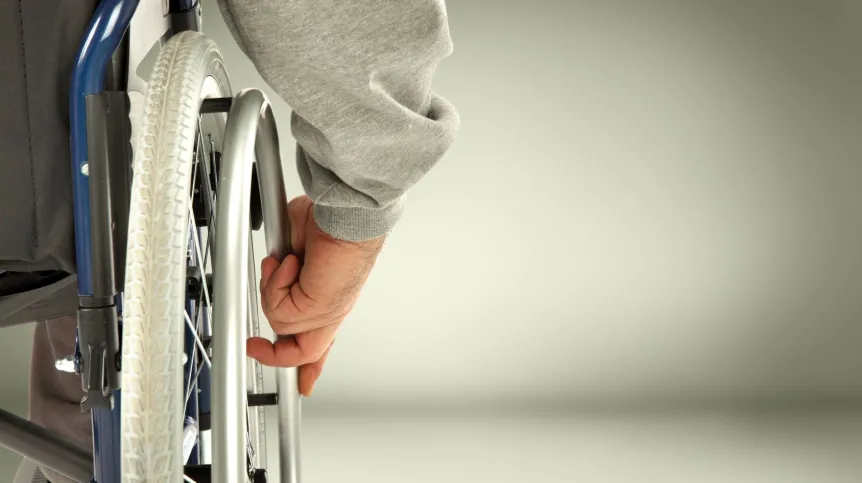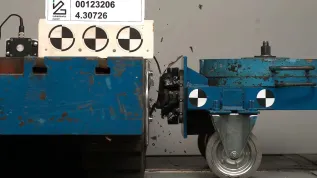
A self-adjusting ramp enabling people with mobility difficulties to overcome architectural obstacles such as curbs or high doorsteps, has been developed at Rzeszów University of Technology. It can be used in places where it is impossible to use standard ramps or elevators.
Its originators and constructors are the researchers from the Department of Mechanical Engineering of Rzeszów University of Technology: Dr. Sławomir Miechowicz (professor of Rzeszów University of Technology) and Dr. Paweł Fudali. The ramp has already been patented and put into production. Several dozen units have already been assembled in various parts of the country.
Self-adjusting ramp that allows people with mobility impairment overcome transverse obstructions such as high doorsteps, curbs, stairs or steps is particularly useful where traditional ramps or elevators can not be used. Dr. Miechowicz noted that a self-adjusting ramp is a device that complements existing solutions.
An additional advantage of the ramp is the possibility of automatic deployment and retraction, so that the ramp does not impede the movement of other people, especially in communication lines that have limited dimensions. In addition, after retraction the device is invisible, as opposed to permanent ramps, and therefore it does not affect the aesthetics of the place where it is installed.
In an interview with PAP the designer noted that after folding the ramp is only a few centimetres thick and could be hidden in the floor or road. The manufacturer offers ramps with the upper, visible surface with the colour and texture similar to the floor, allowing to further "hide" the ramp.
One such ramp is installed in Dr. Miechowicz\'s apartment; it helps him to overcome a high doorstep when moving to the balcony in his wheelchair.
The self-adjusting ramp is a result of research conducted at the Department of Mechanical Engineering. The team has also developed many other design solutions and prototypes of functional devices for people with mobility impairments. Patent applications for most of them have been filed, and some already are patent protected in Poland.
In researching and searching for technical and technological solutions that could help the disabled, employees of the Department of Mechanical Engineering cooperate with the social website "Rampa" (www.rampa.net.pl), where non-disabled people communicate and integrate people with different degrees of disability, exchange experiences and point to various problems that are the inspiration for researchers. Employees of the Department of Mechanical Engineering encourage to visit Rampa and report problems. (PAP)
api/ wkt/ kap/
tr. RL













